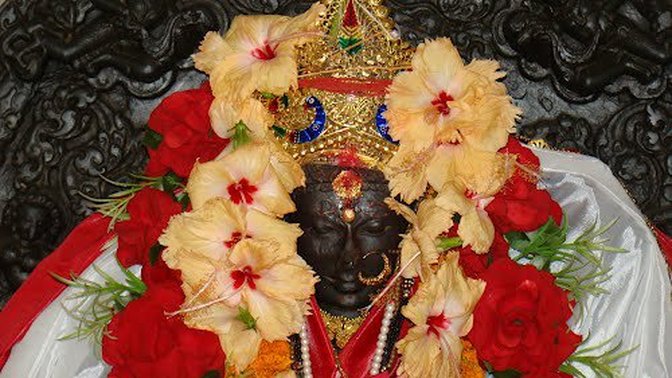
When Sati, the wife of Shiva, sacrificed herself at the Yajna performed by her father Daksha, a very distraught Shiva started dancing with her body. He was dancing the dance of destruction. And the gods said, “Oh, we are doomed! Shiva is dancing the dance of destruction. How are we ever going to to make him stop? Vishnu save us!”
Vishnu took his bow and cut the body of Sati into fifty-one pieces with his arrows. And wherever a piece of the Divine Mother’s body fell on earth, that place became a Shakti Pitha.
Below we have assembled the list of Shakti Pithas, the part of the Divine Mother’s body associated with the Pitha, Her name, the name of Bhairav (Shiva) associated with the Pitha.
Bahula Devi’s left arm fell here and the idols are Devi as Bahula (Abundant) and Shiva as Bhiruk (who is also Sarvasiddhadayaka).
Body Parts & Ornaments- Left Arm
Form Of Shakti- Bahula
Bhairav- Bhiruk
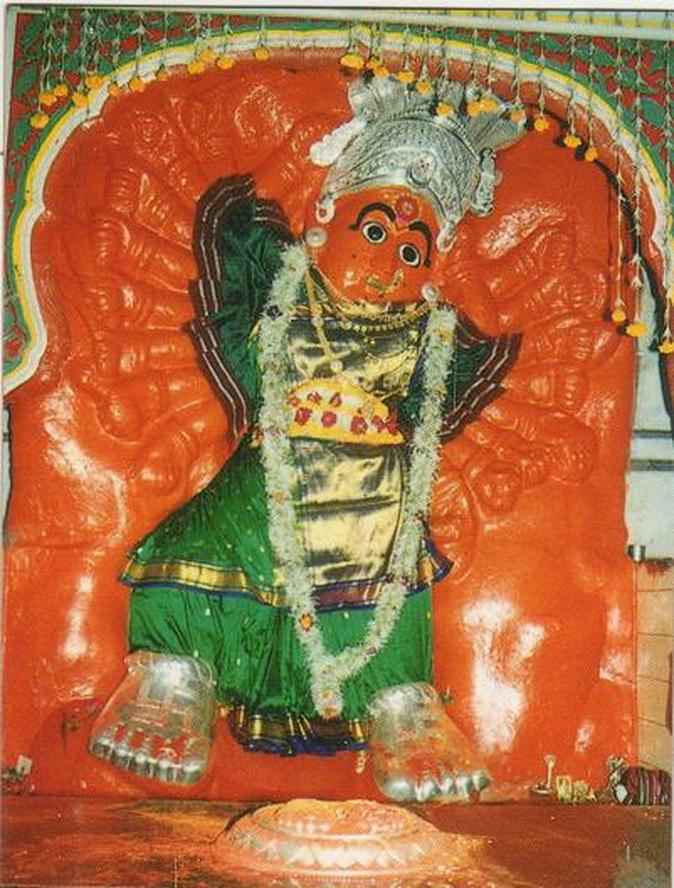
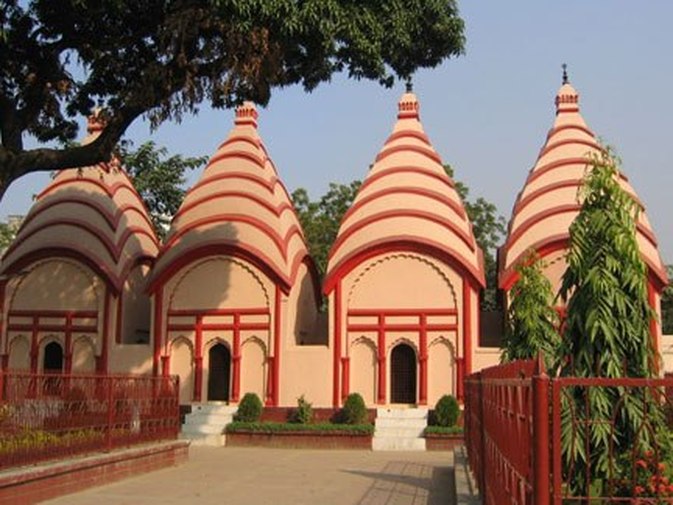
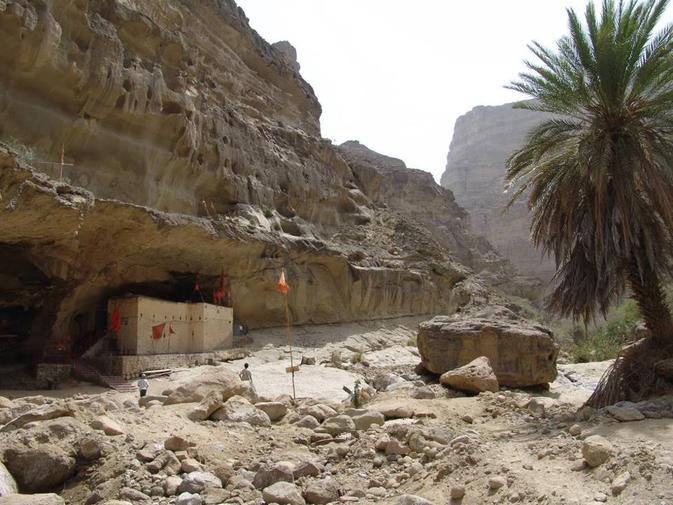
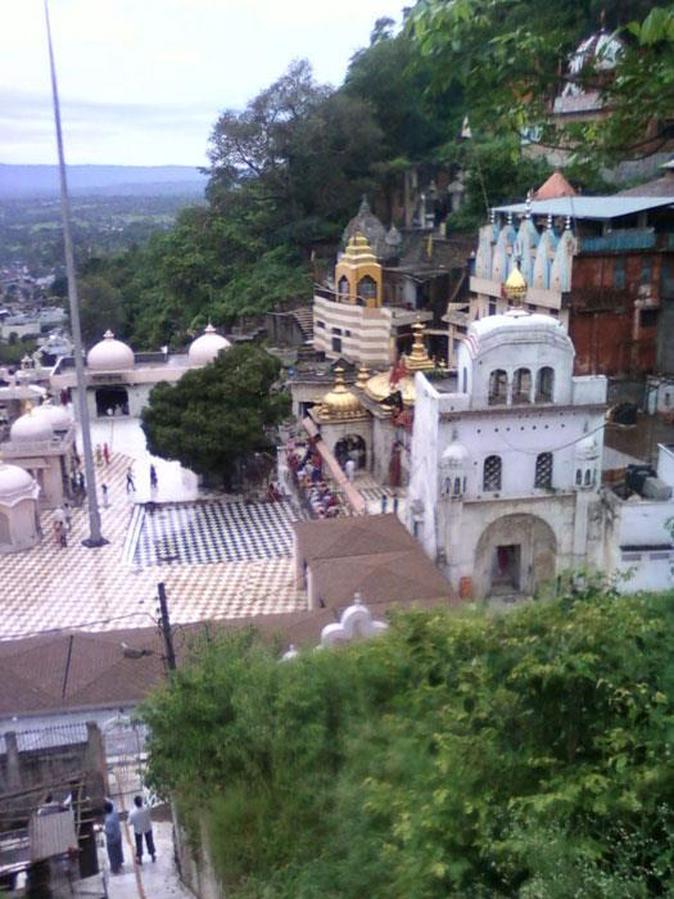
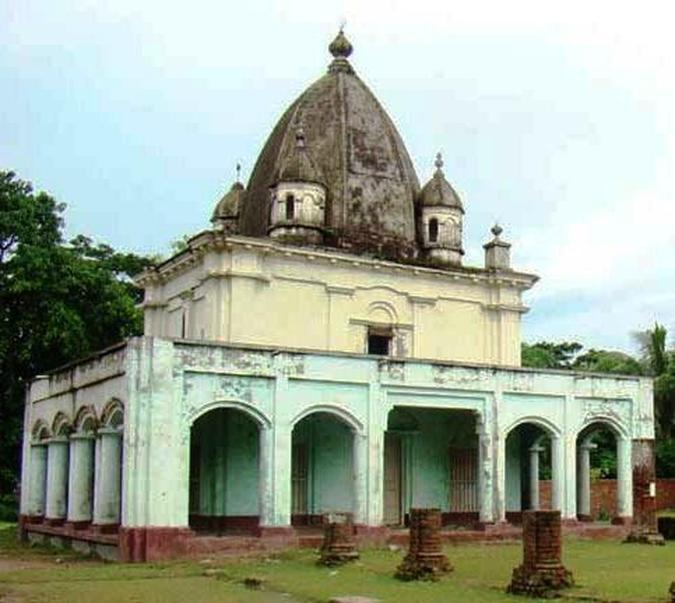
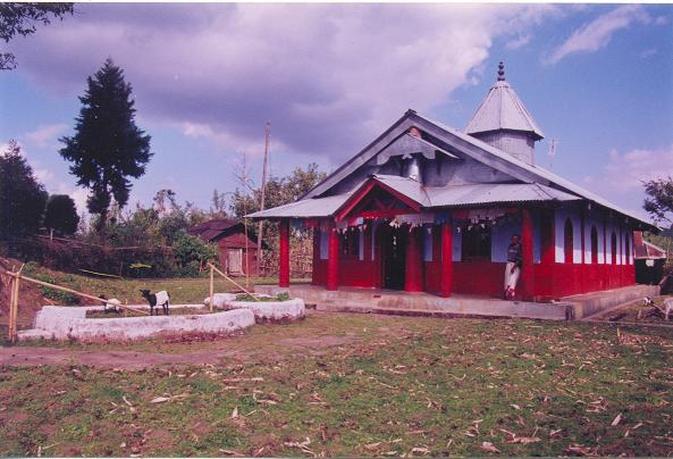
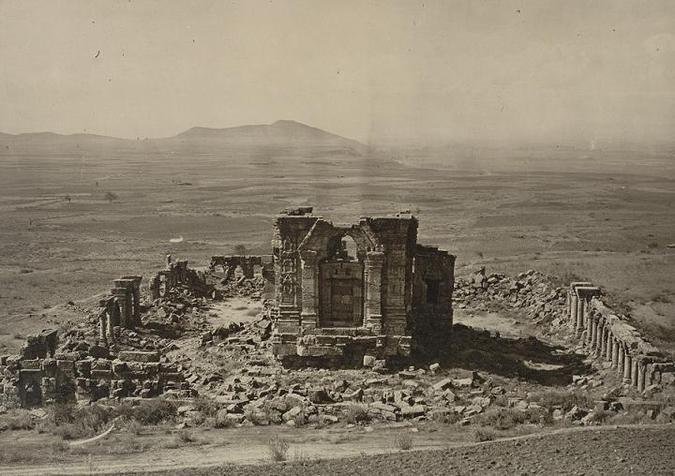
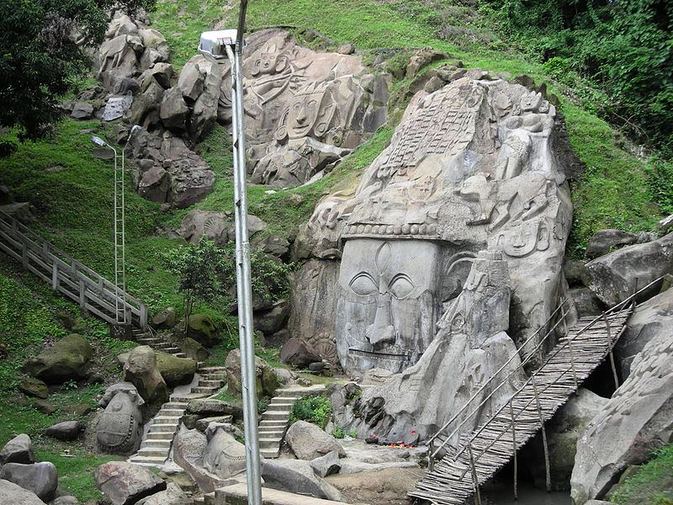
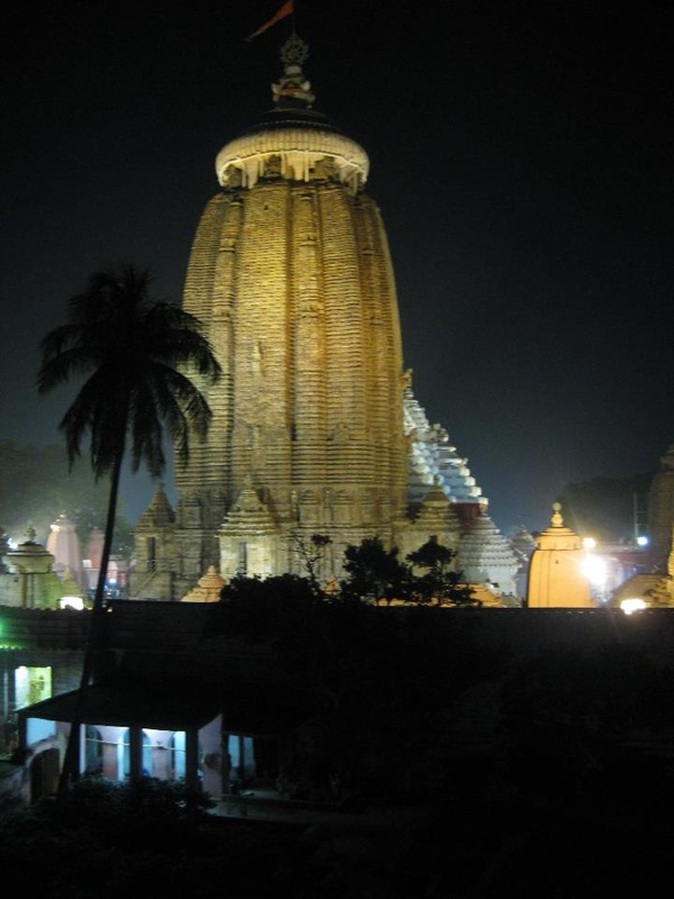
 RSS Feed
RSS Feed

